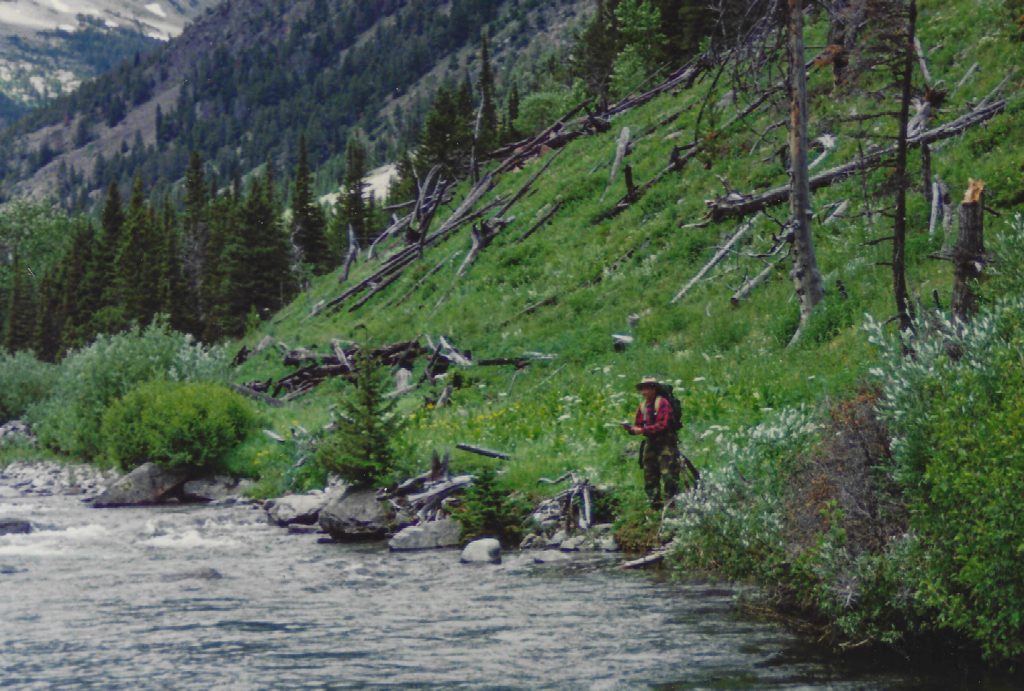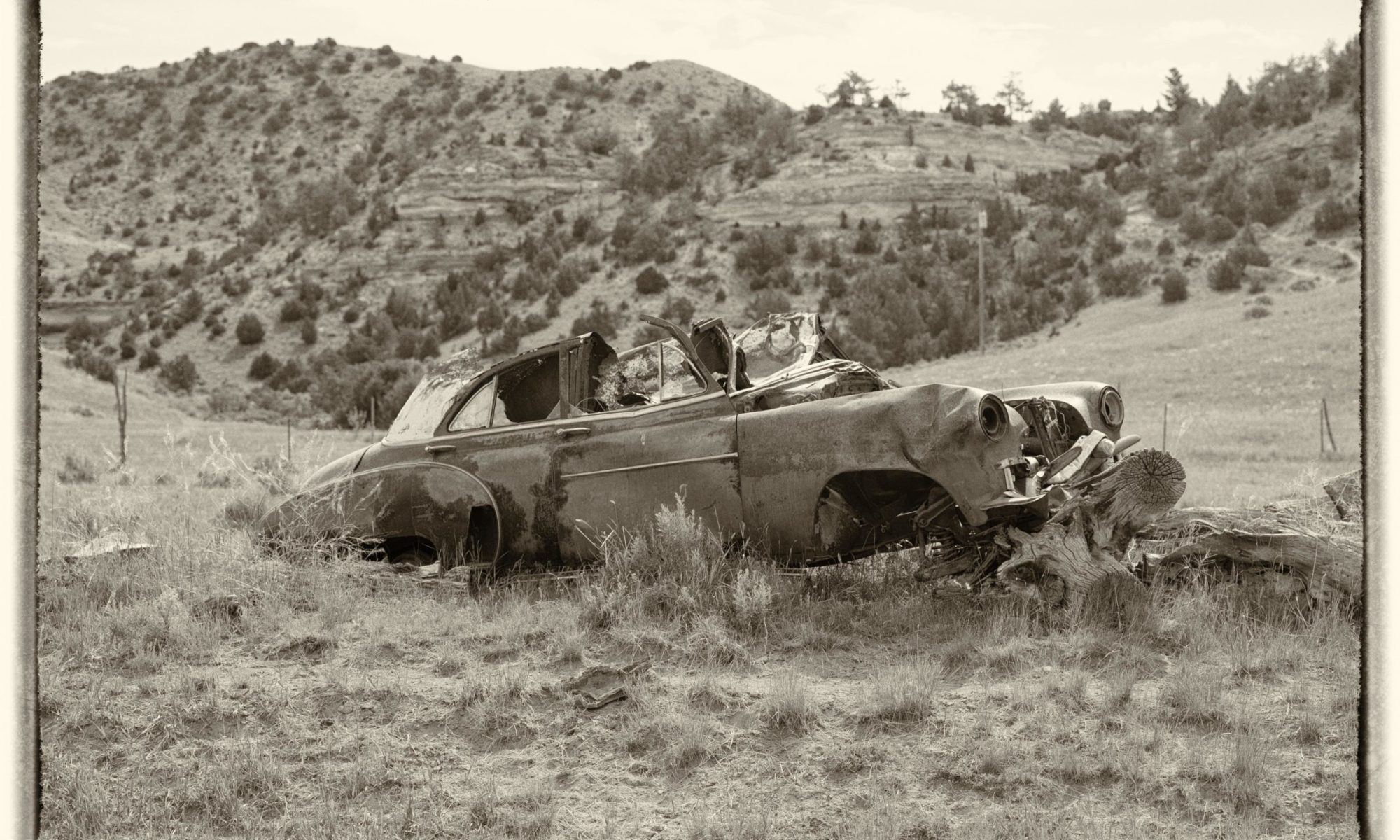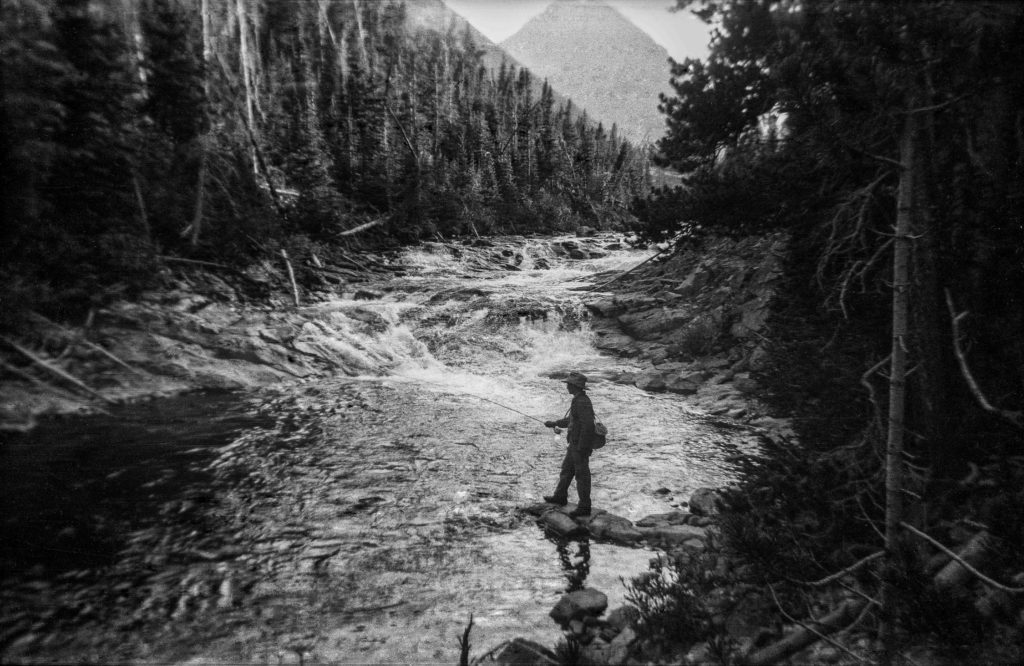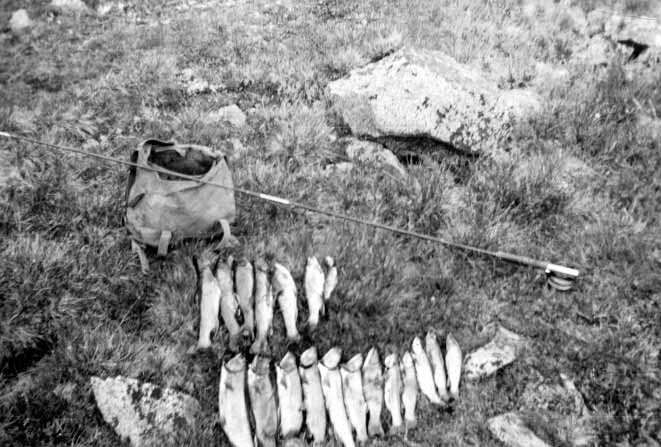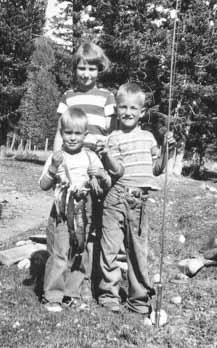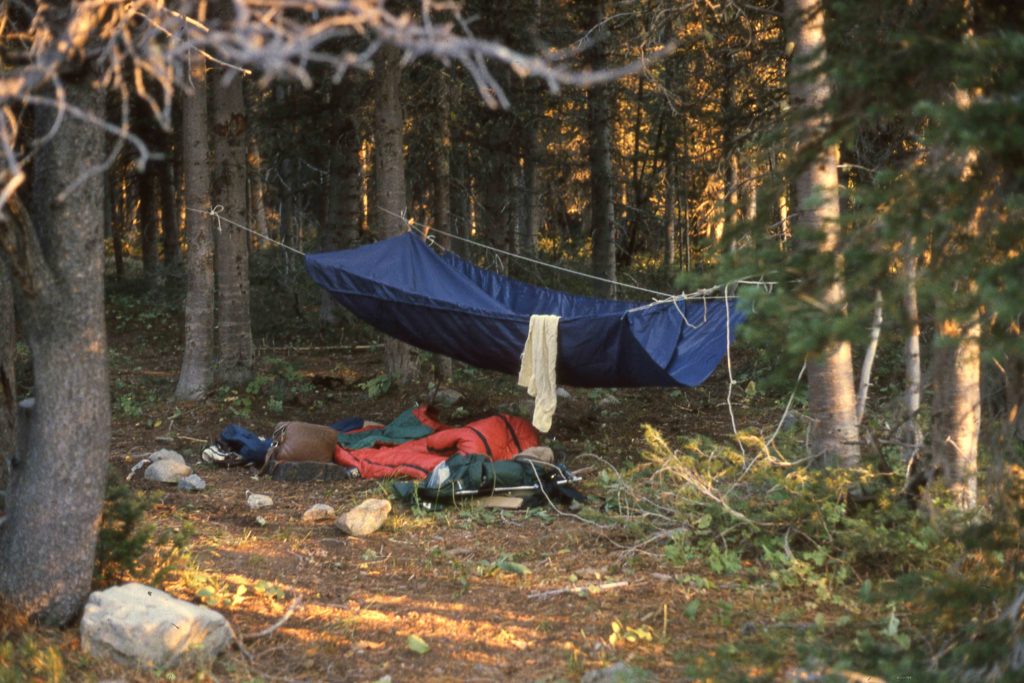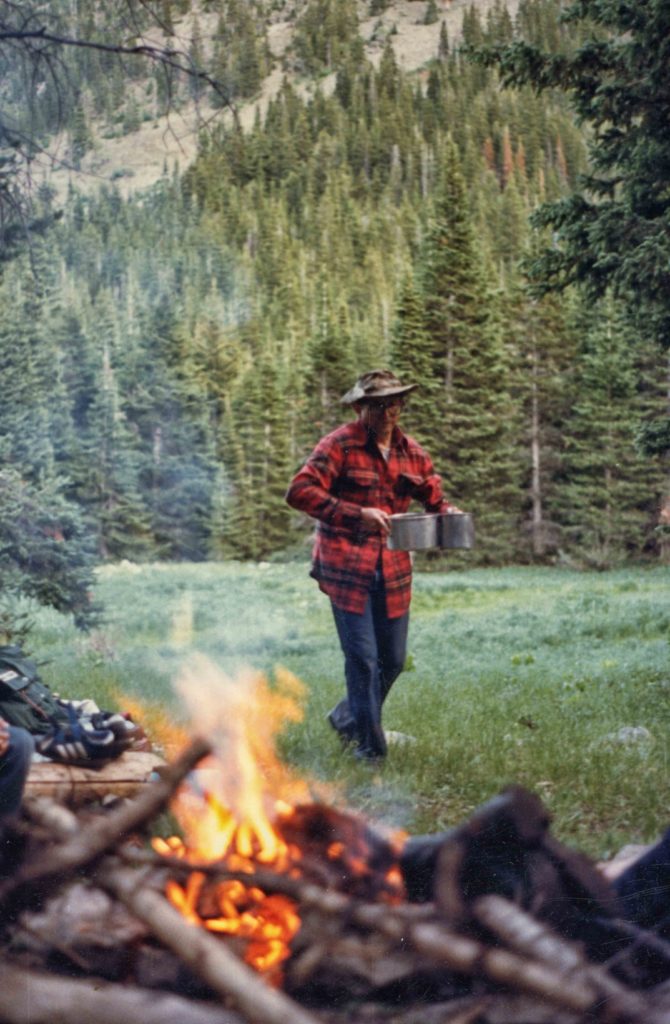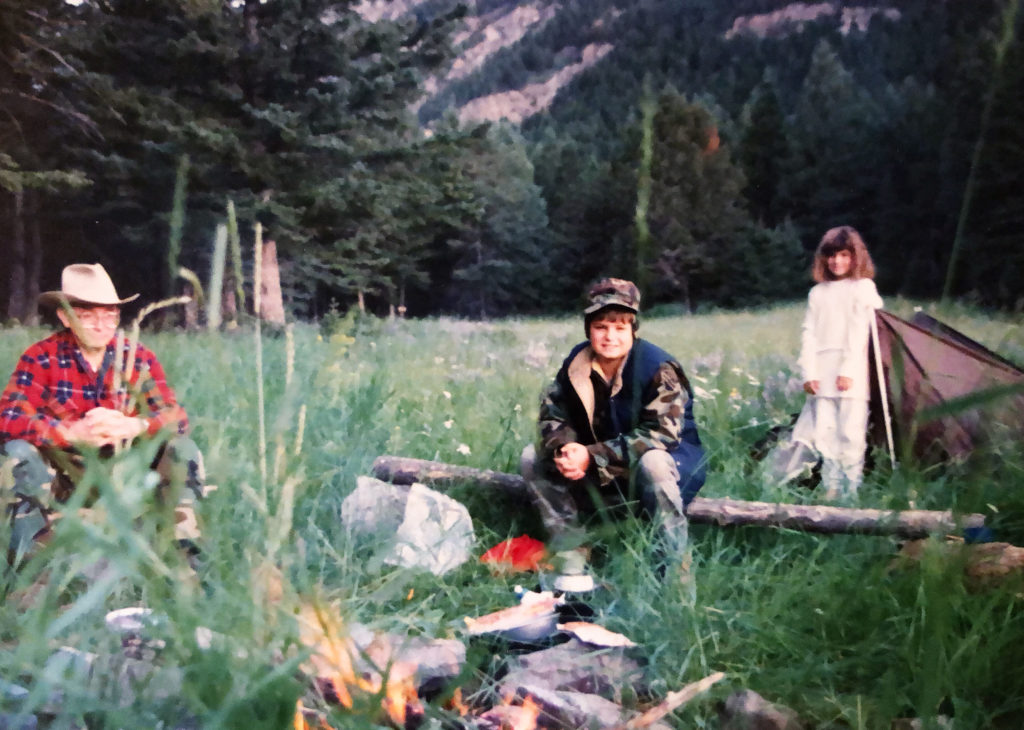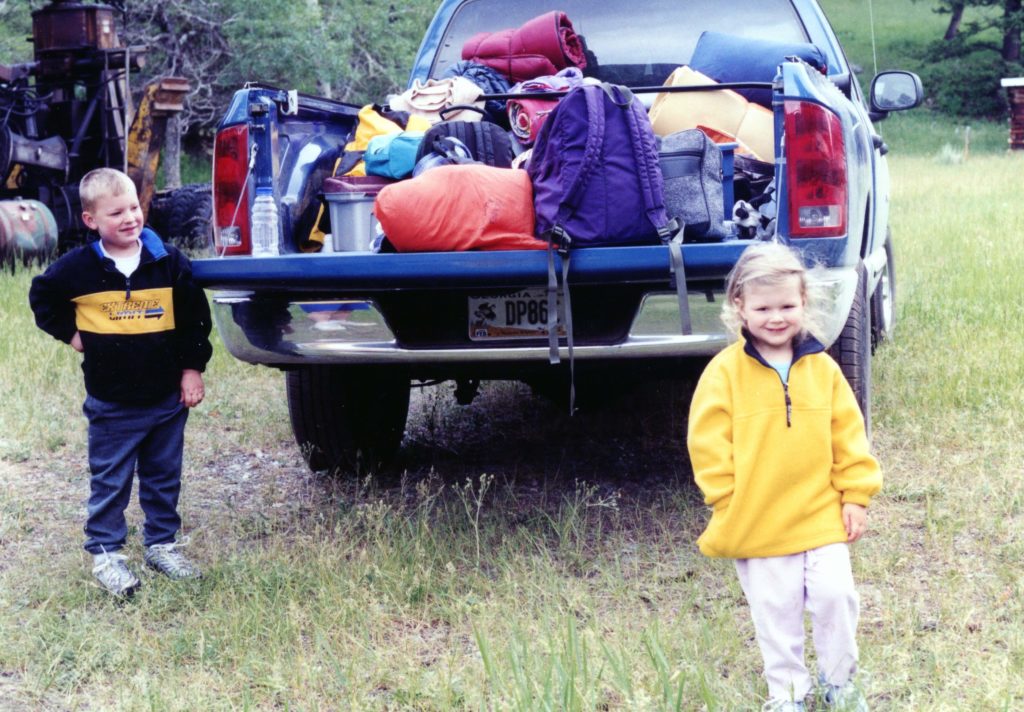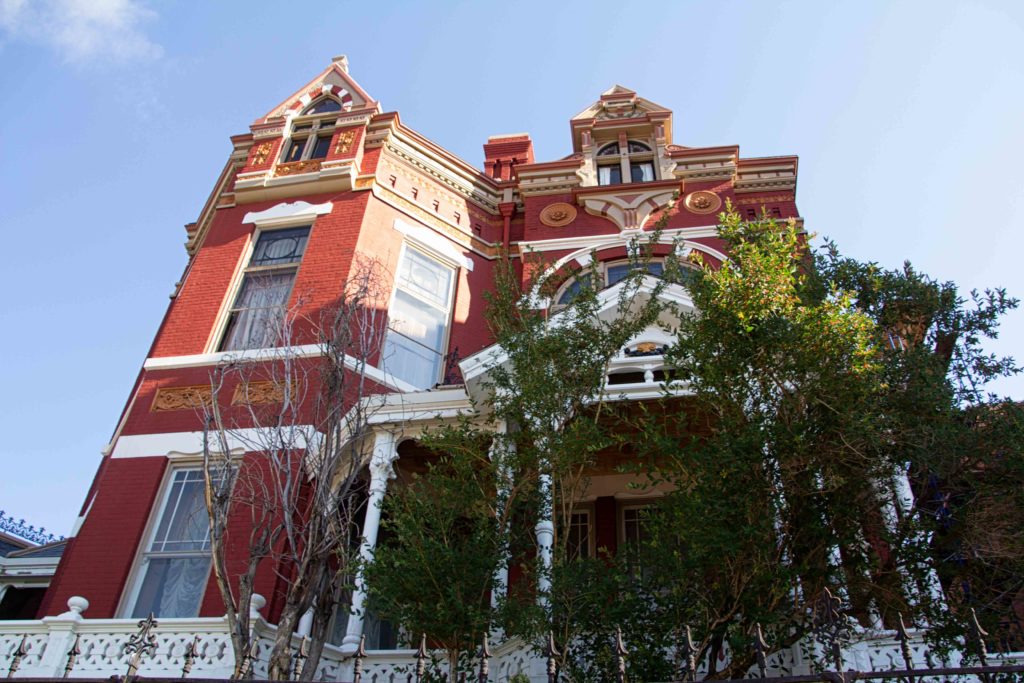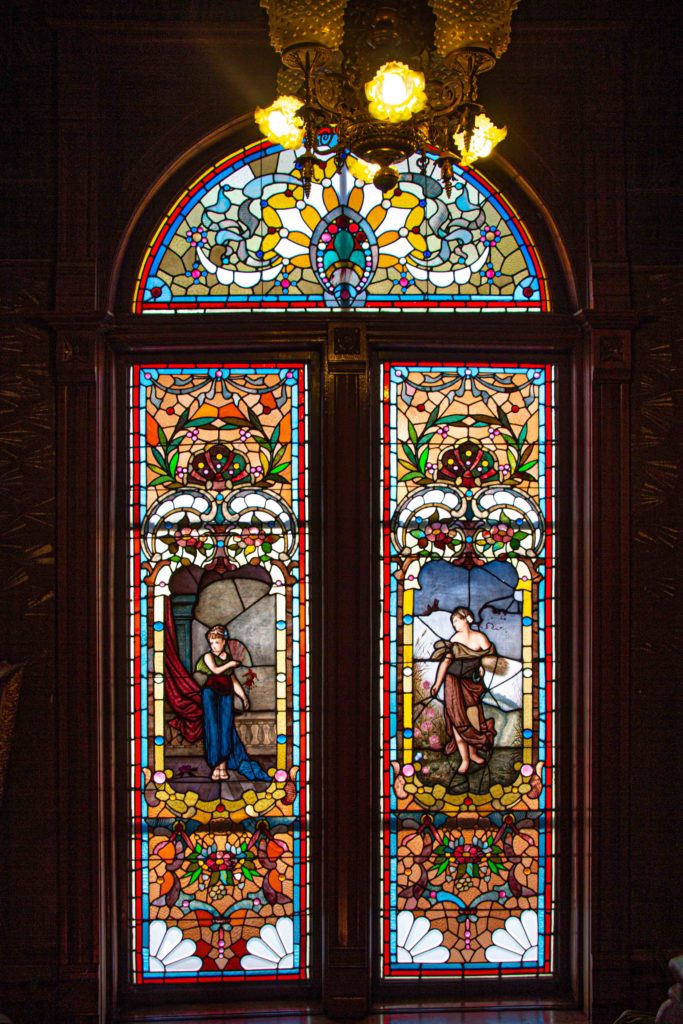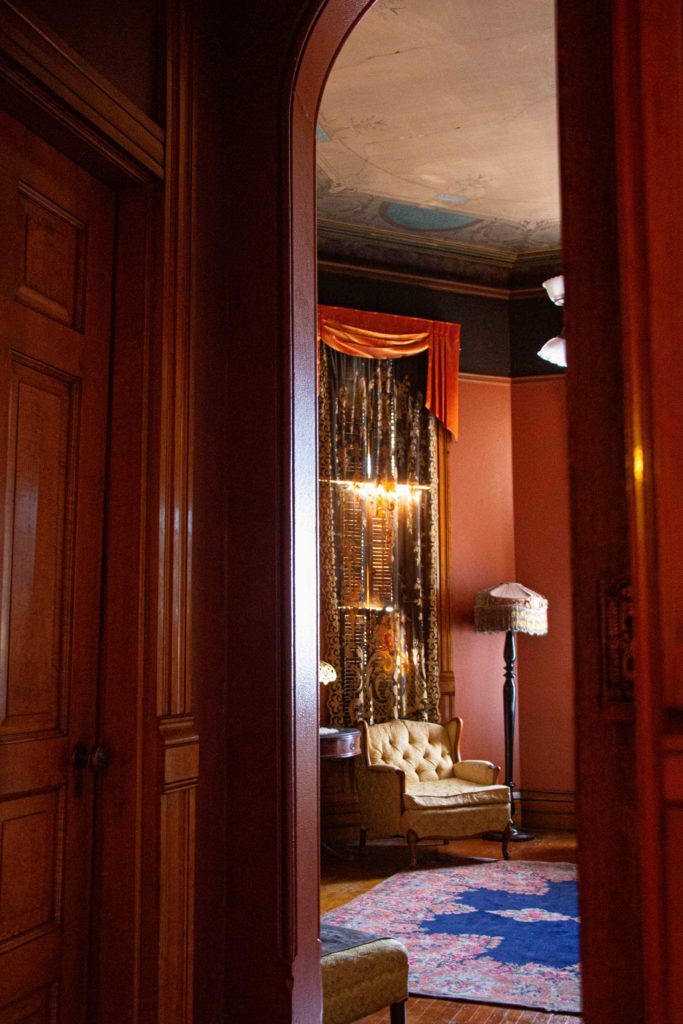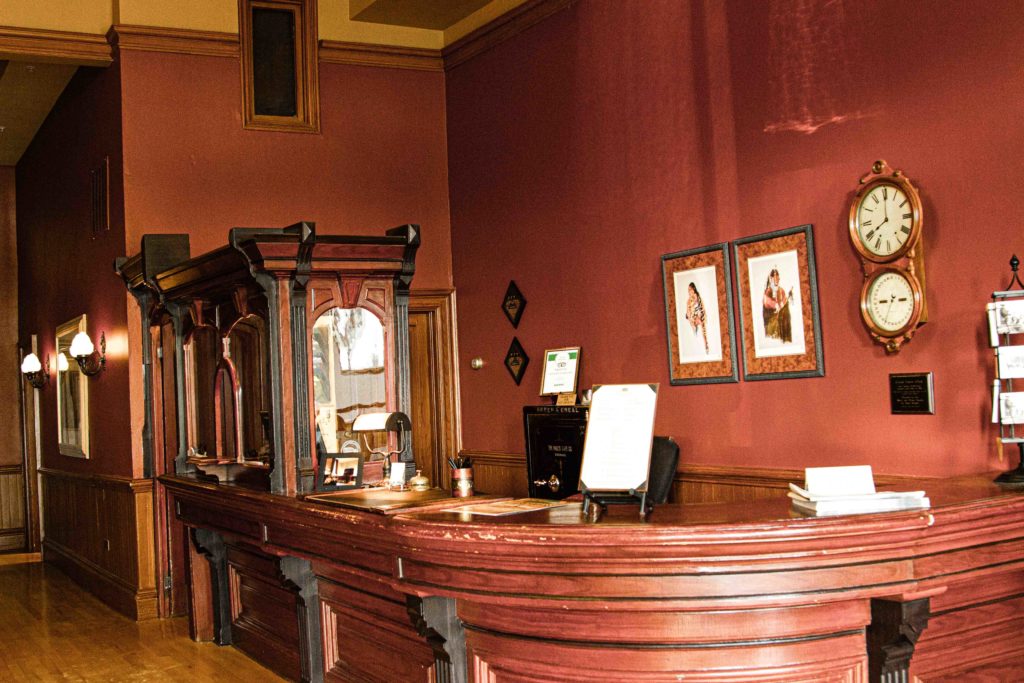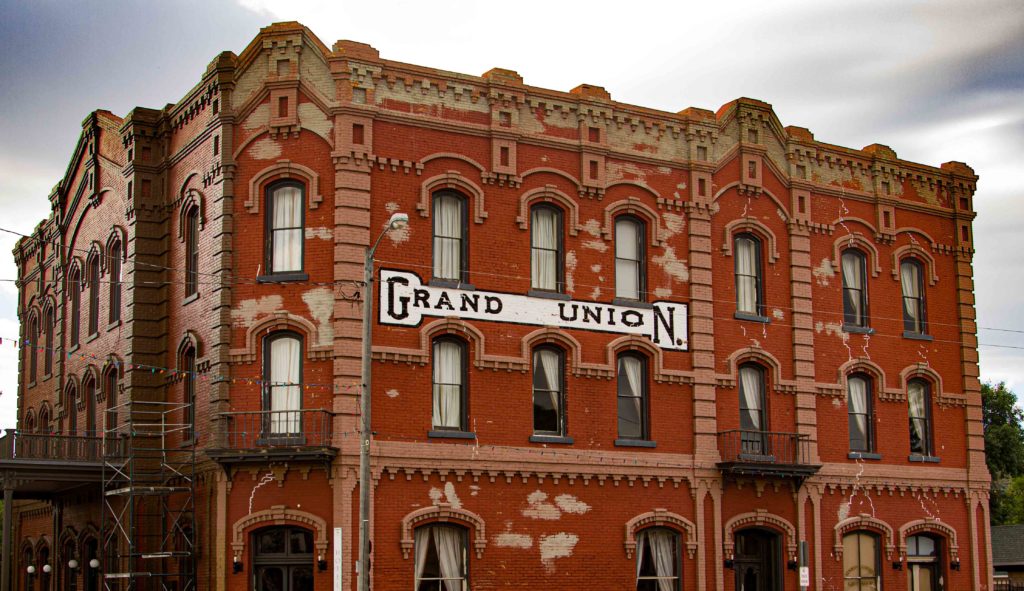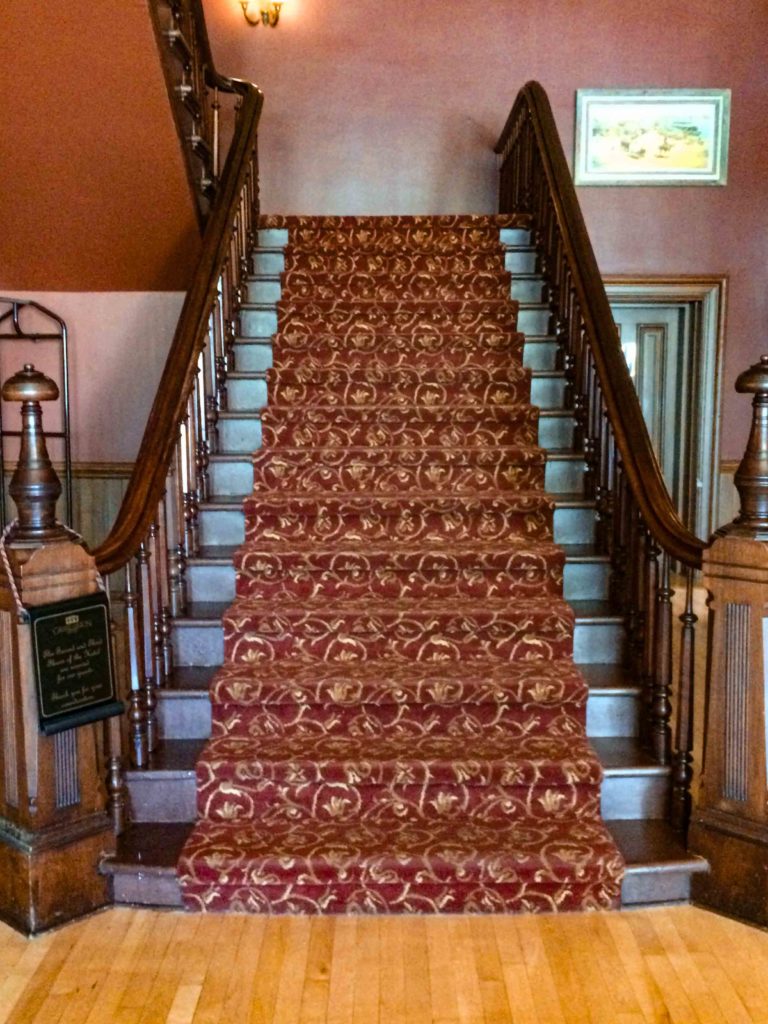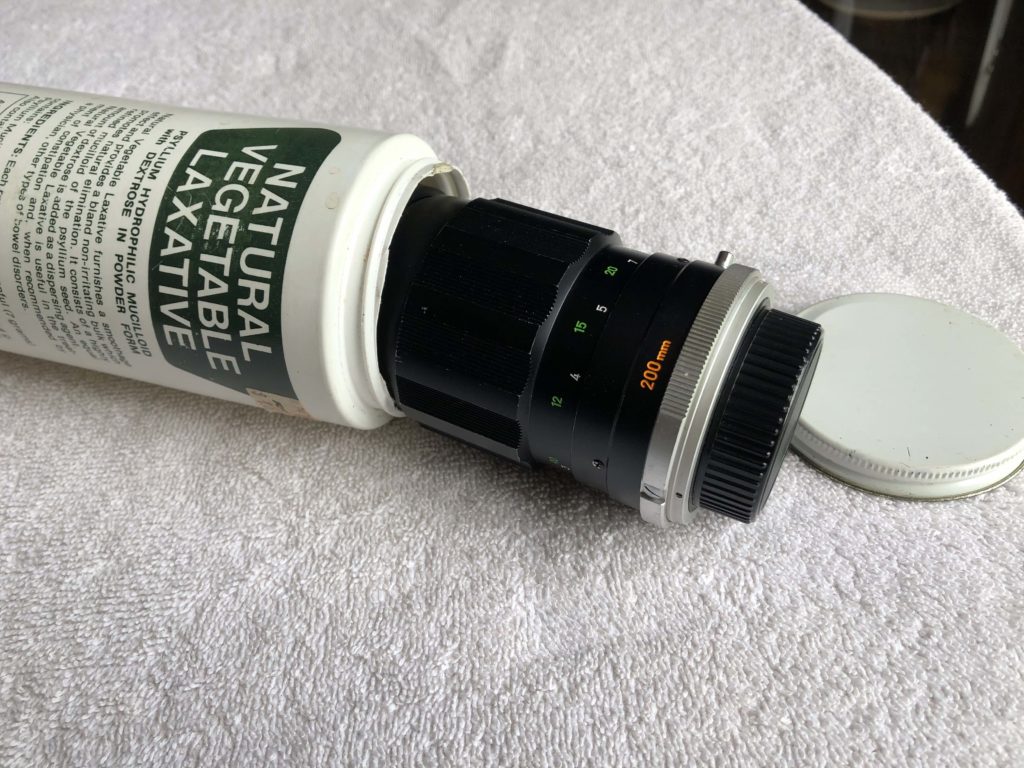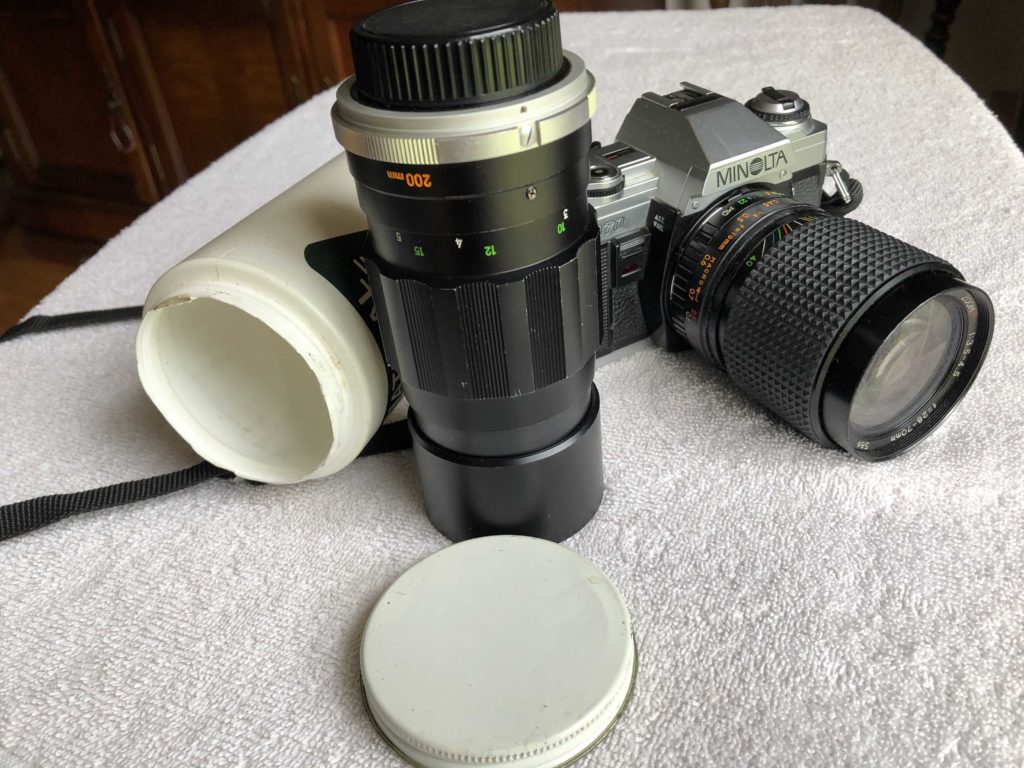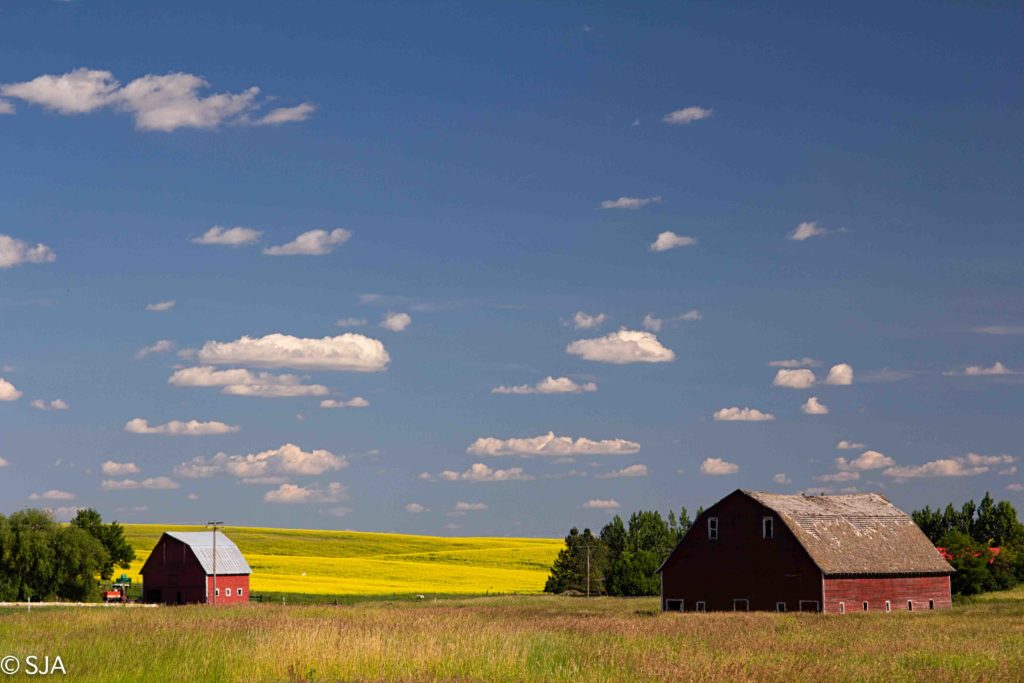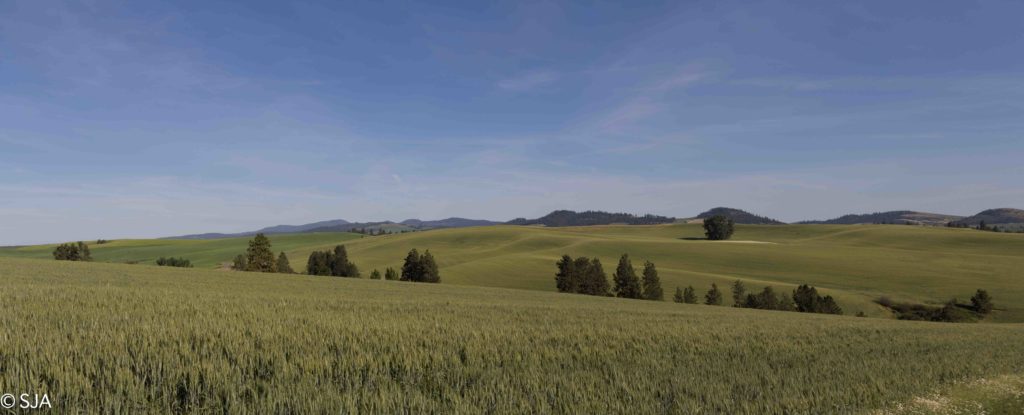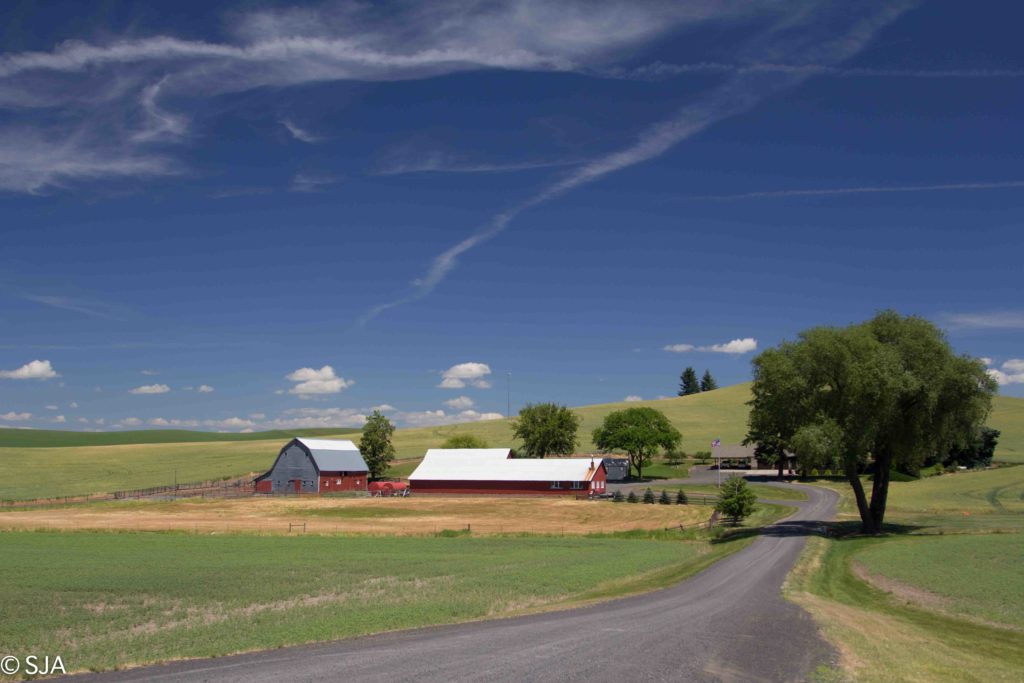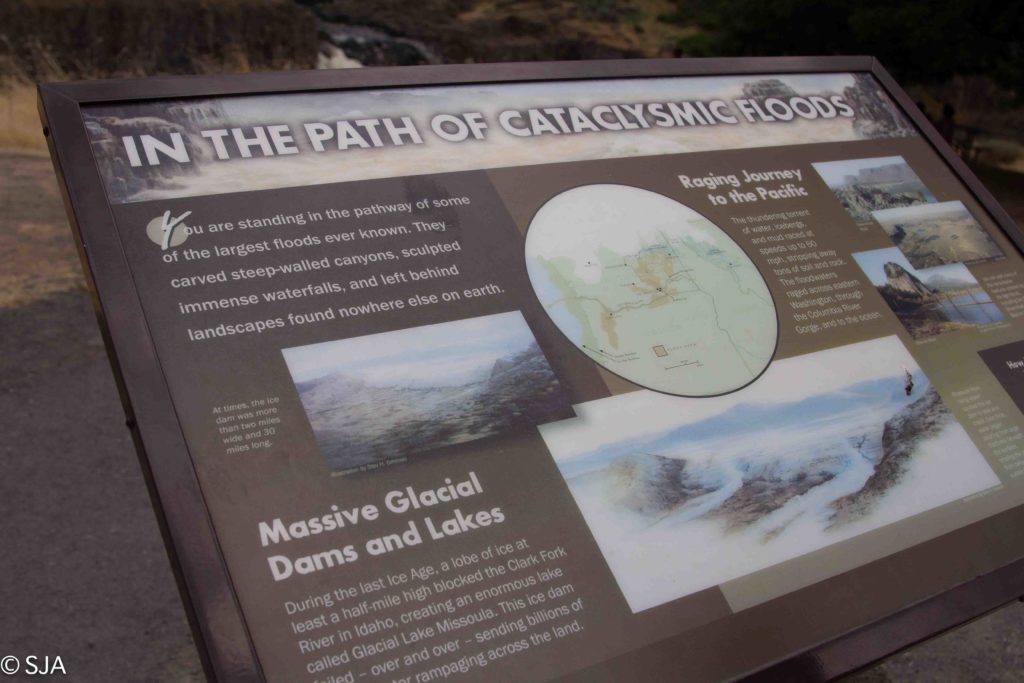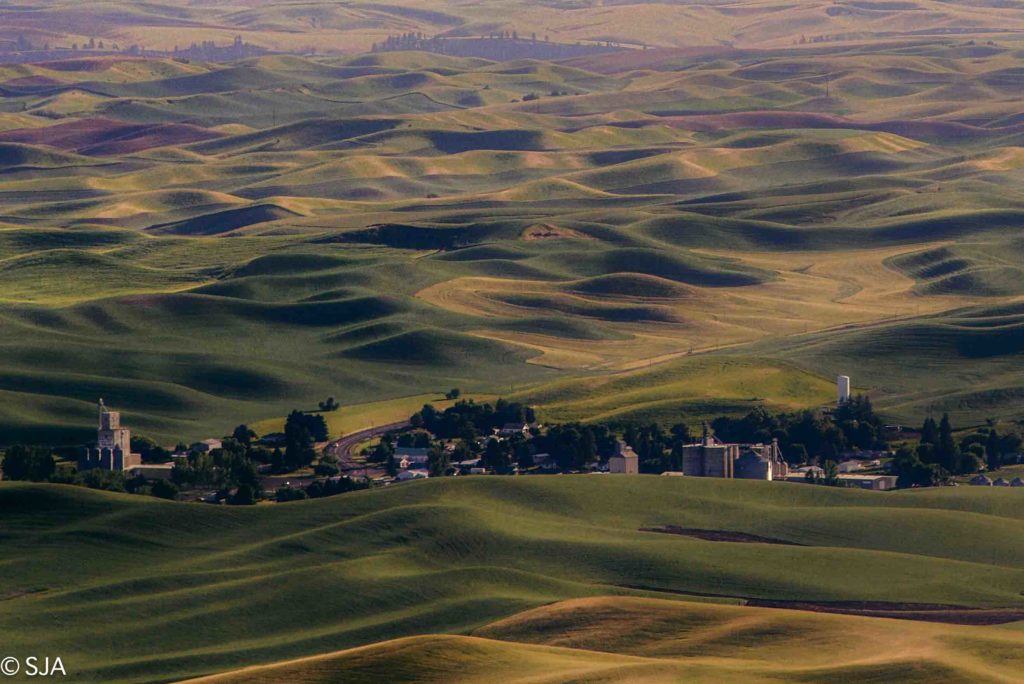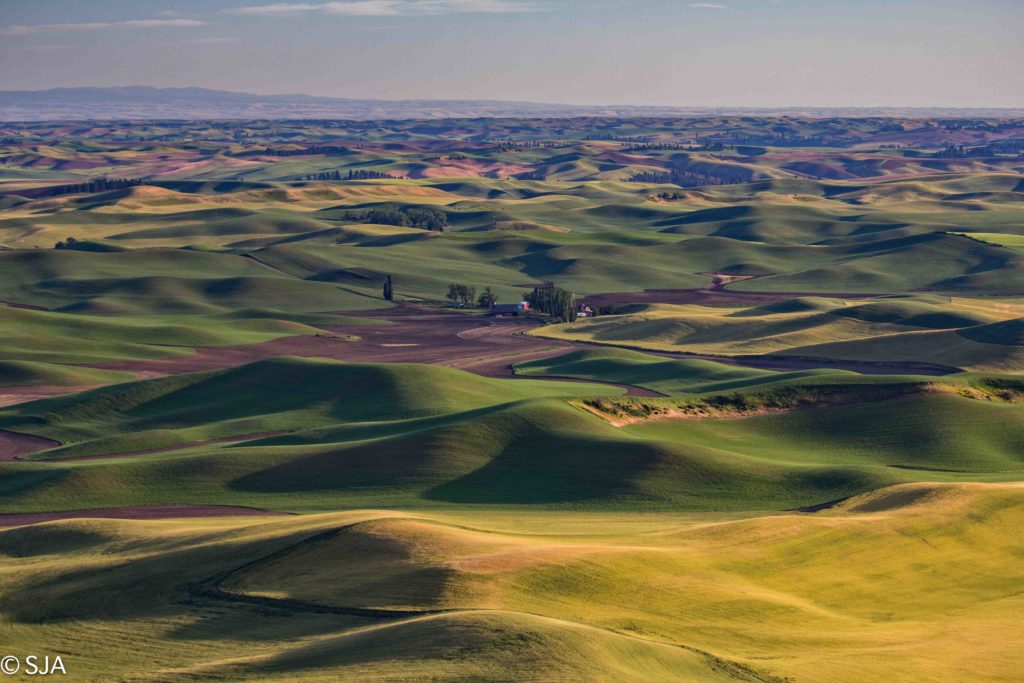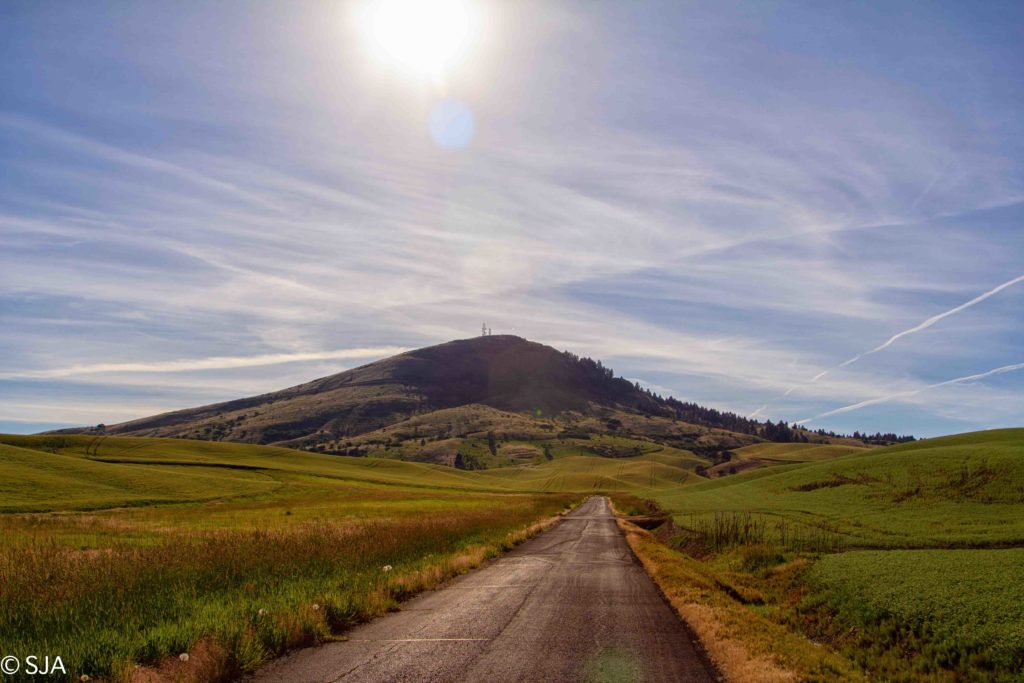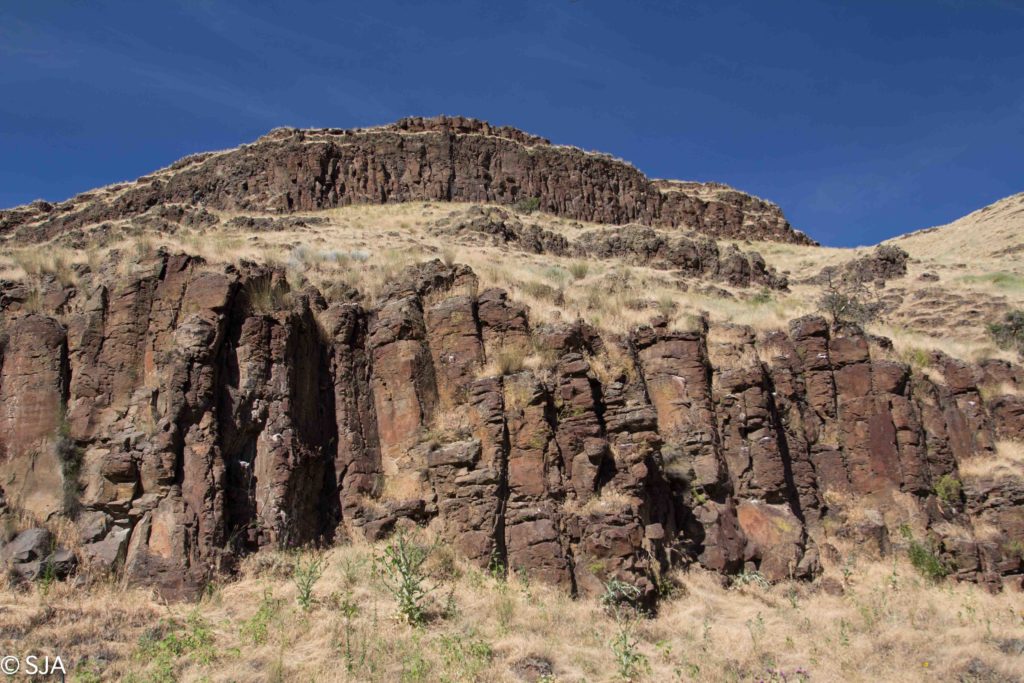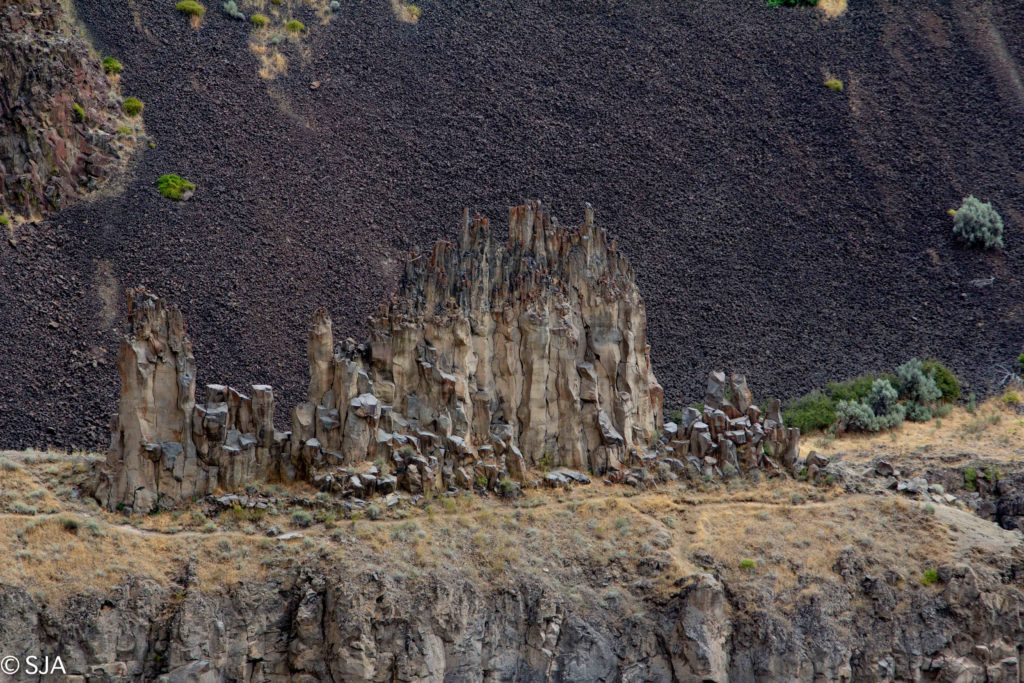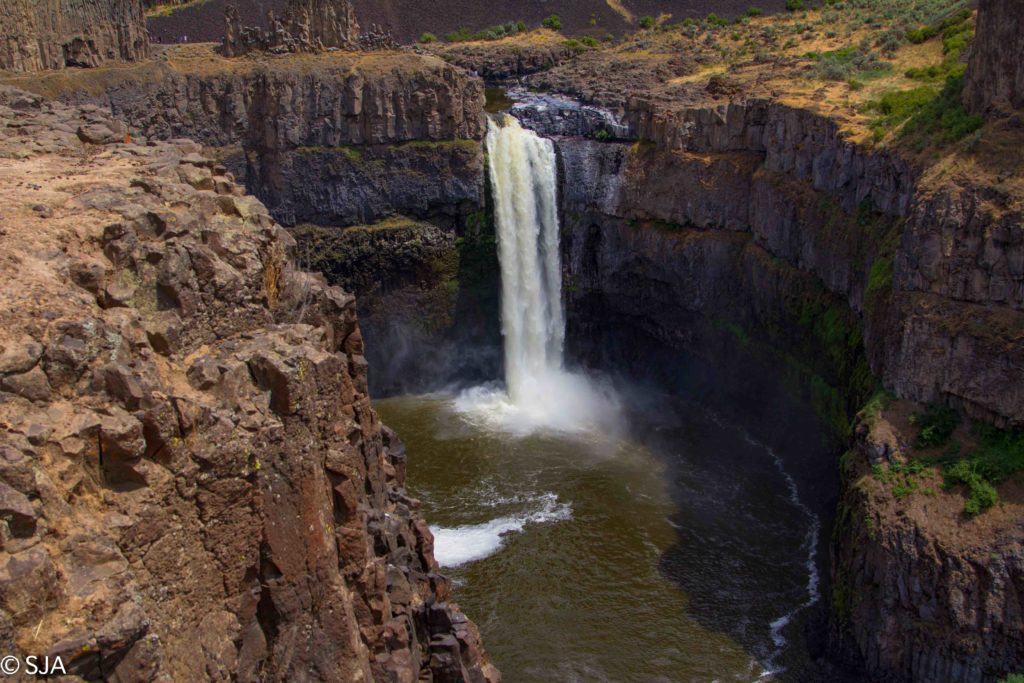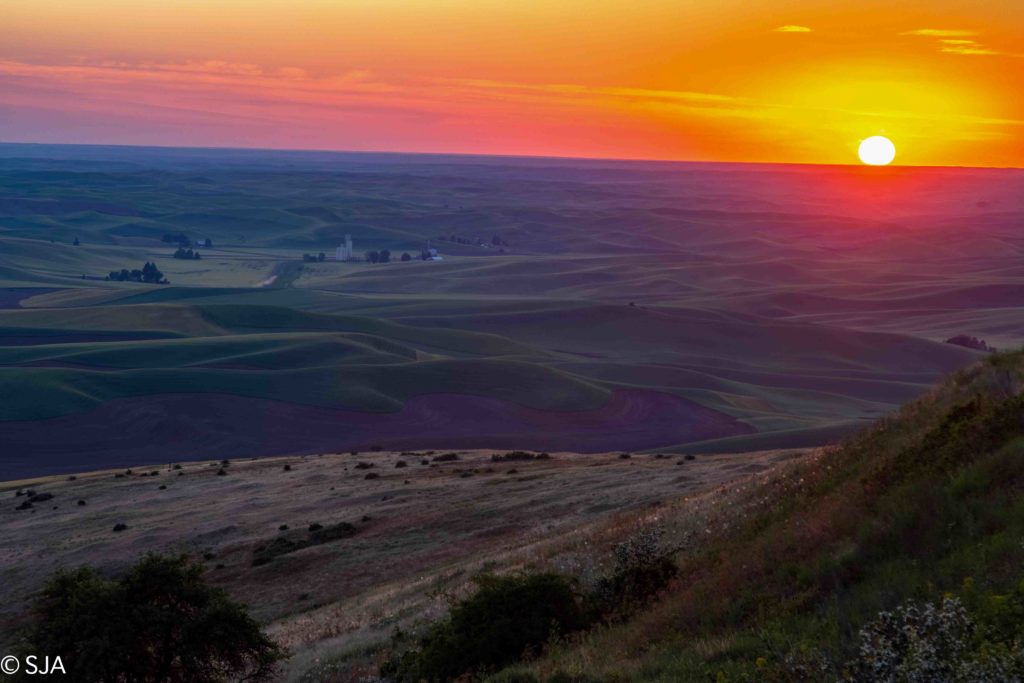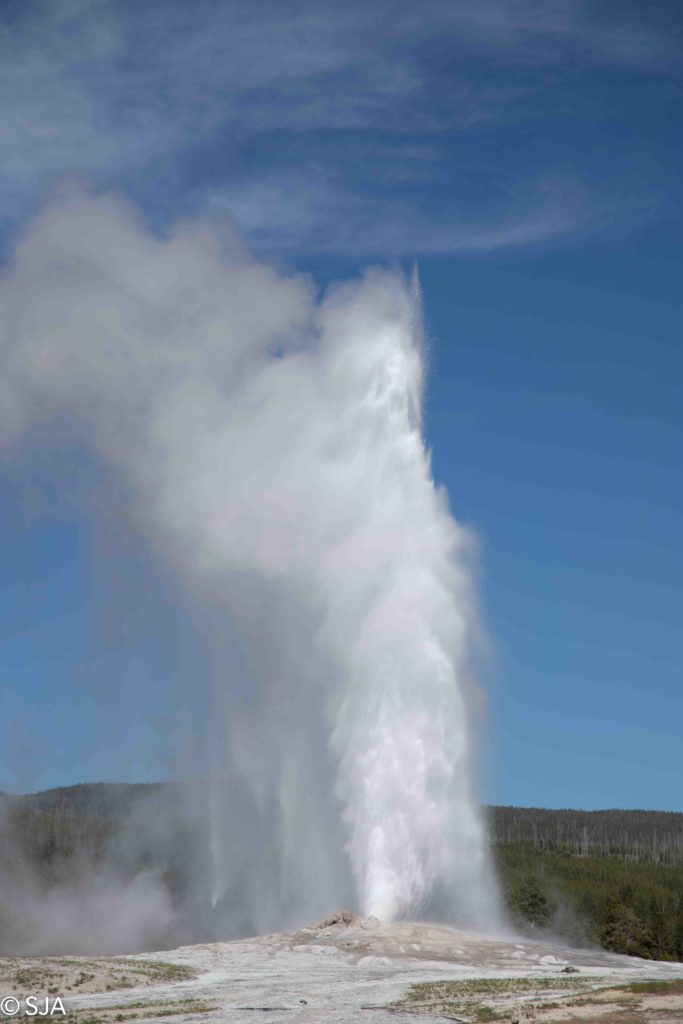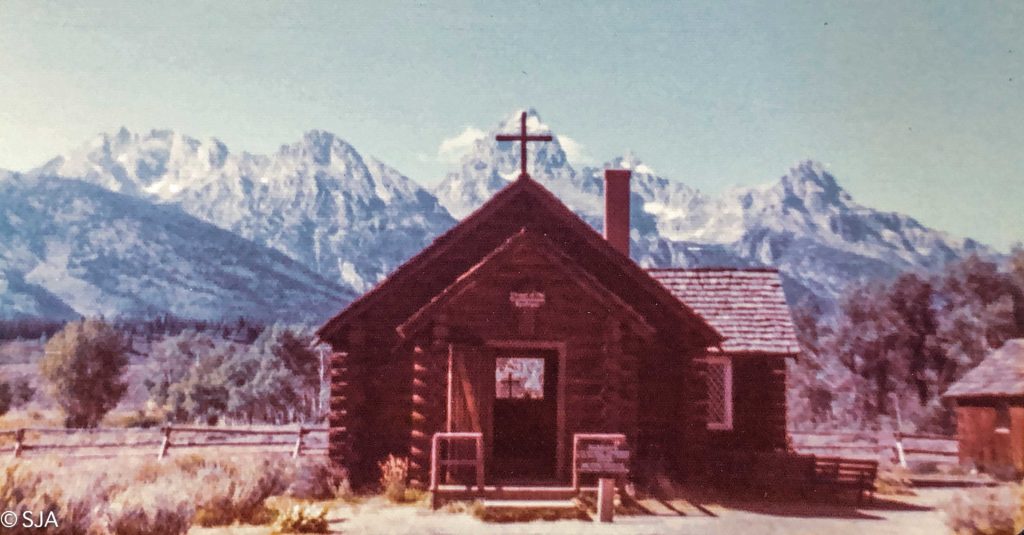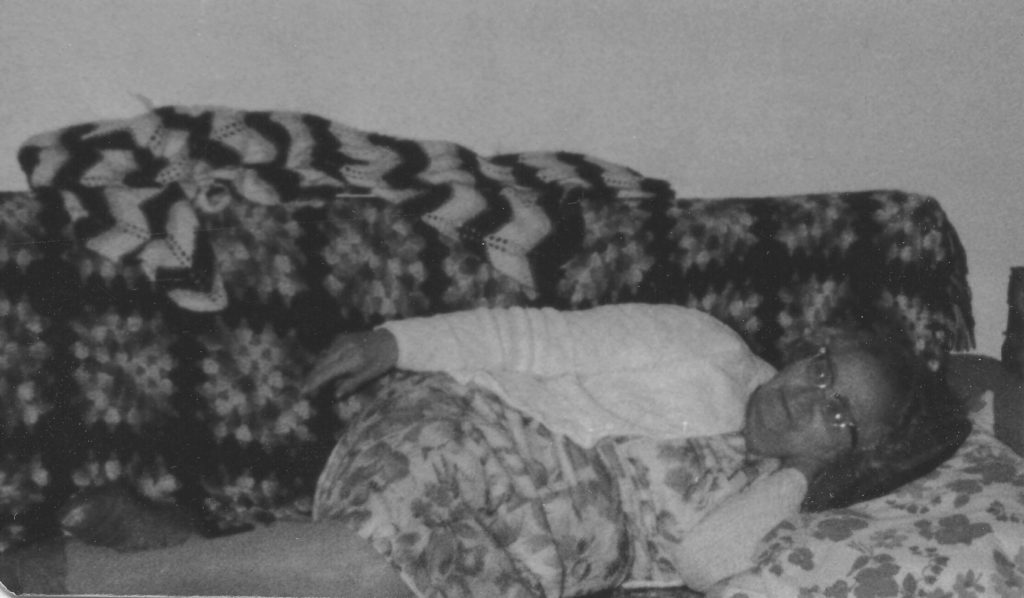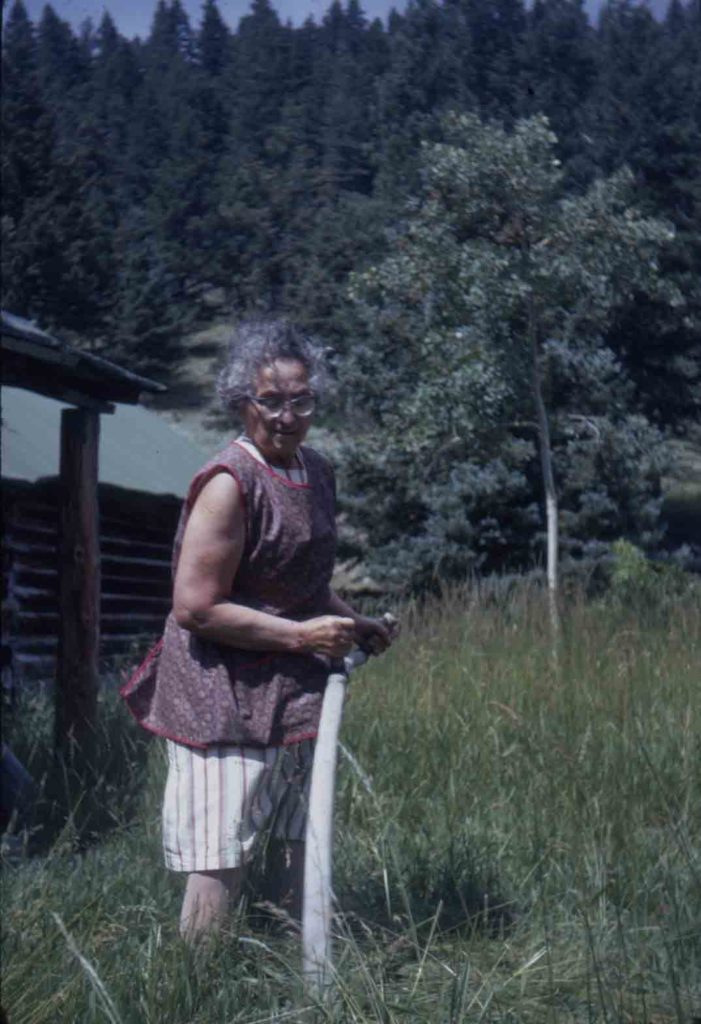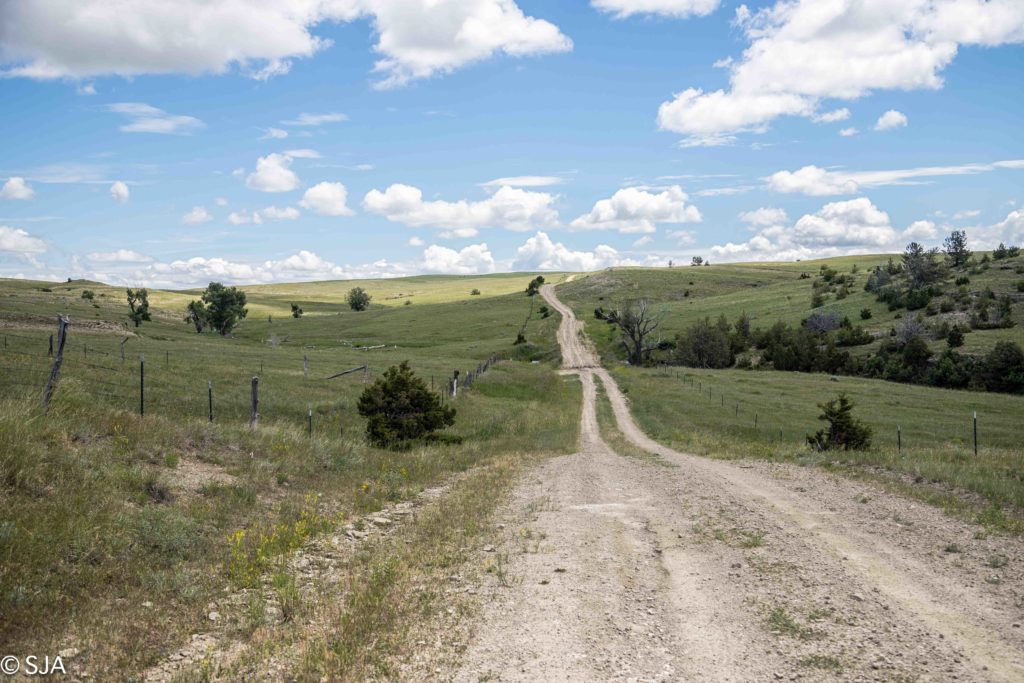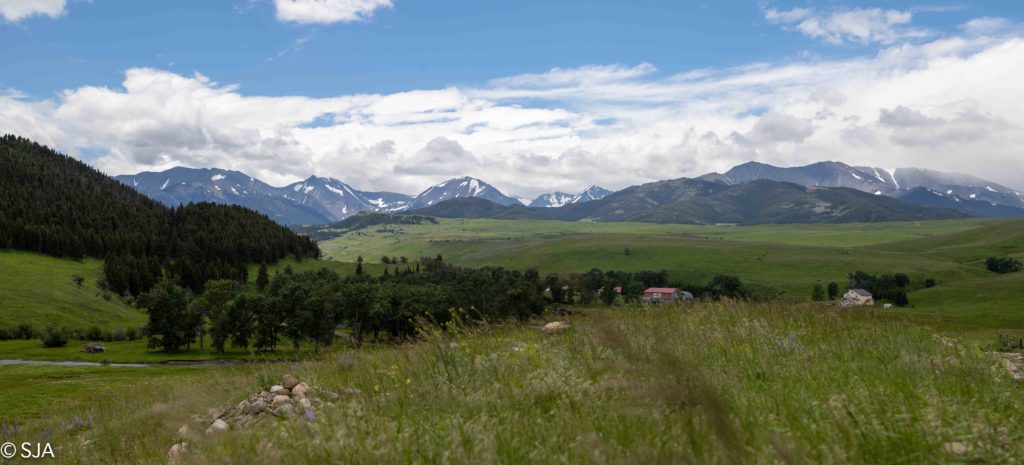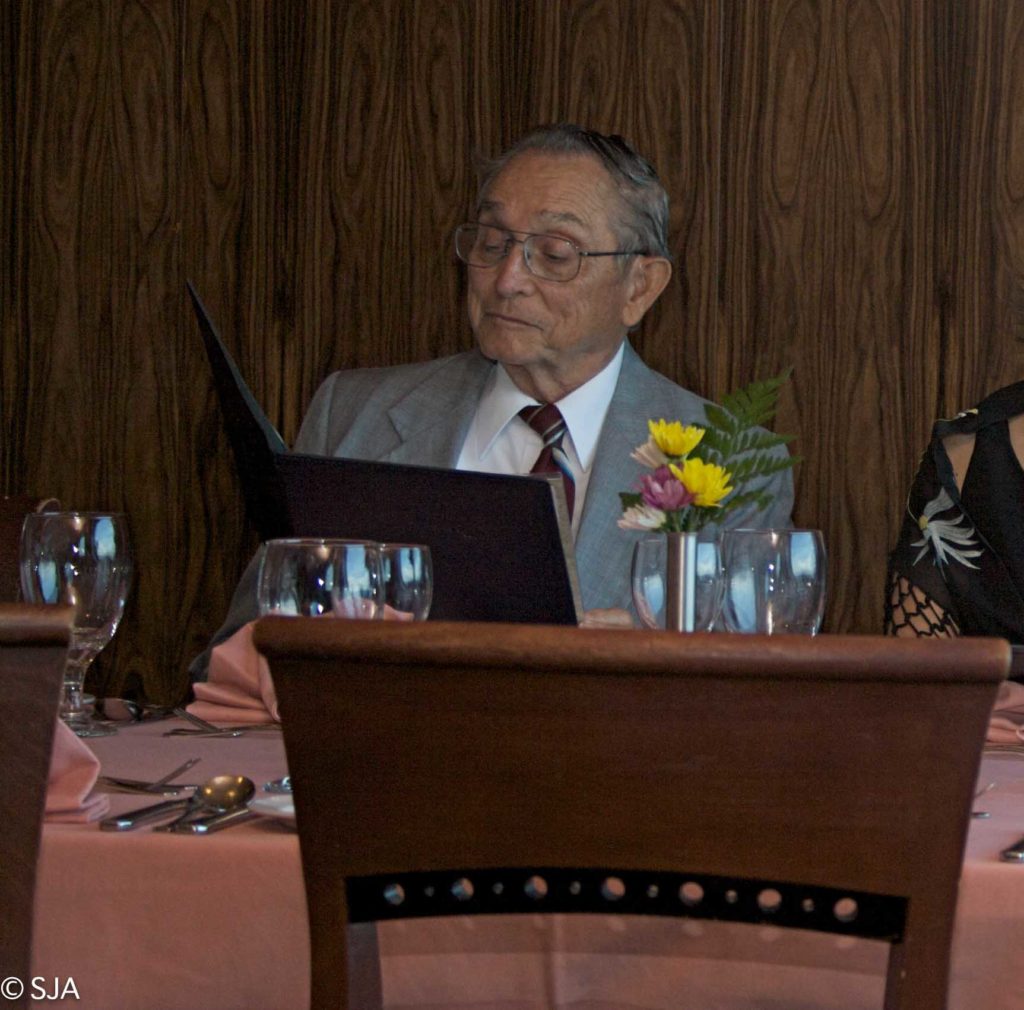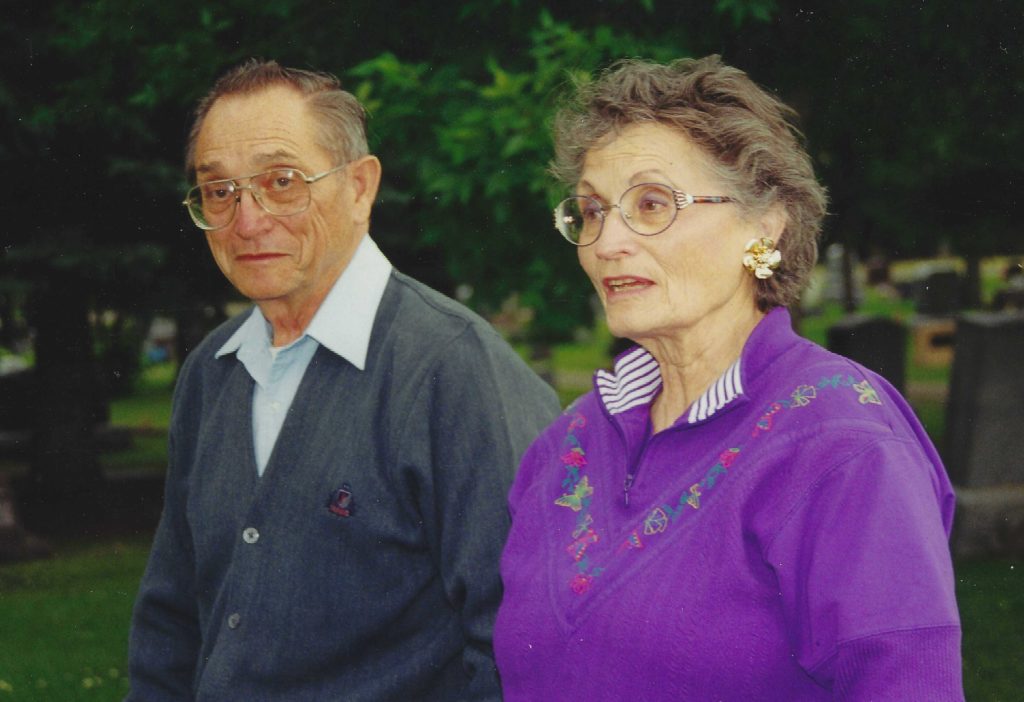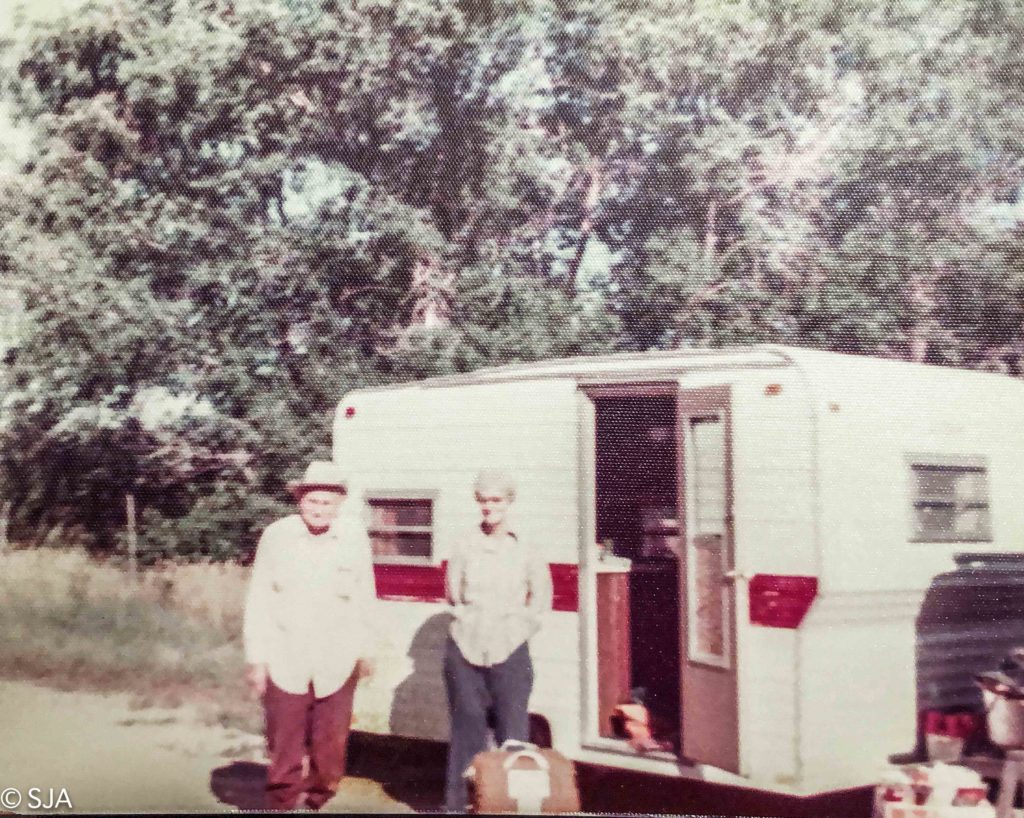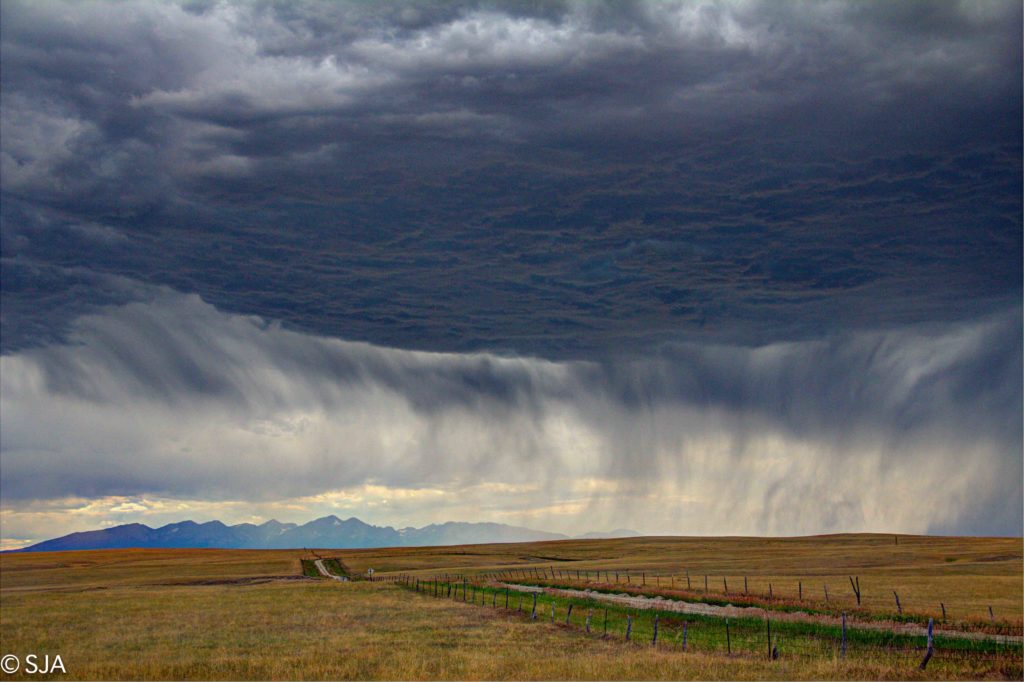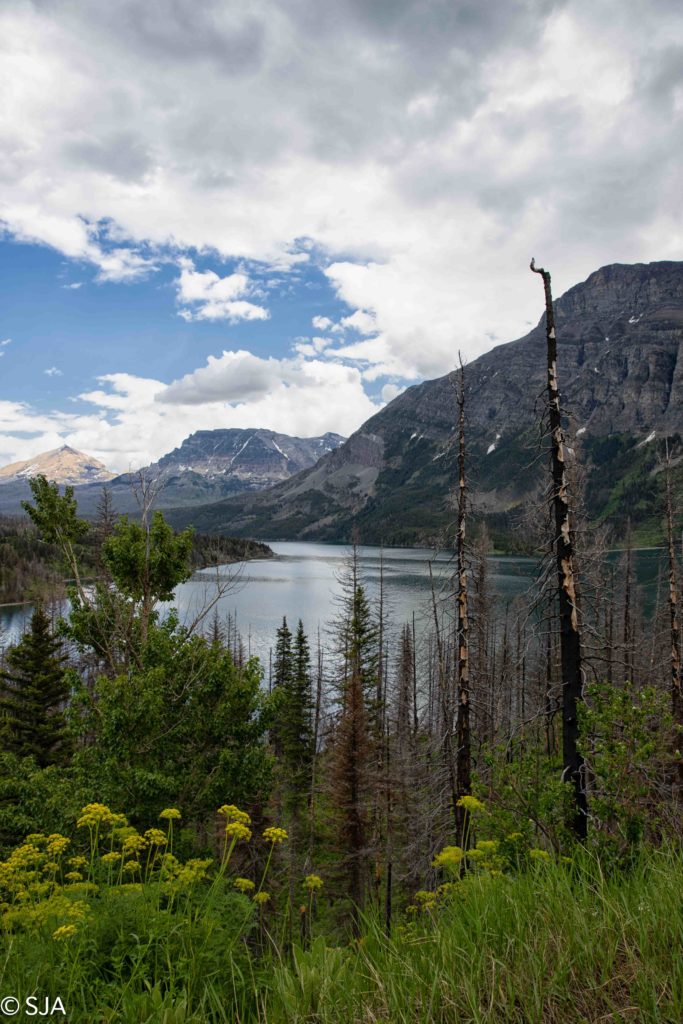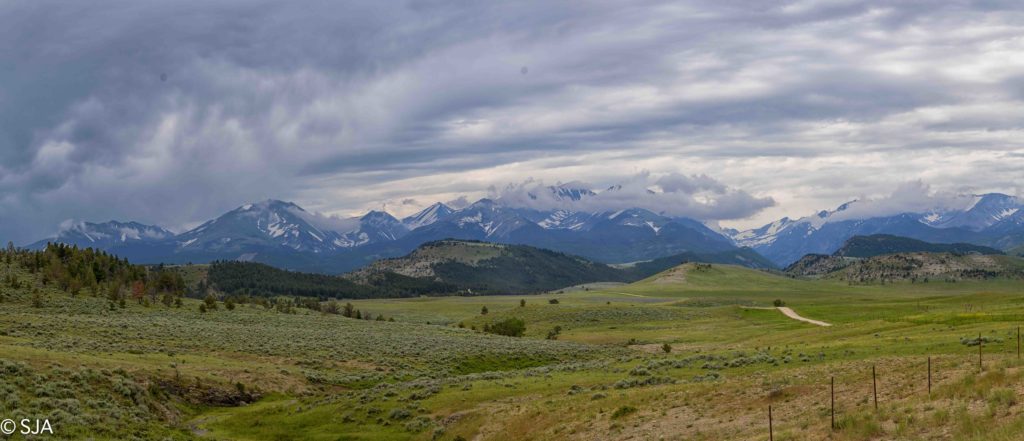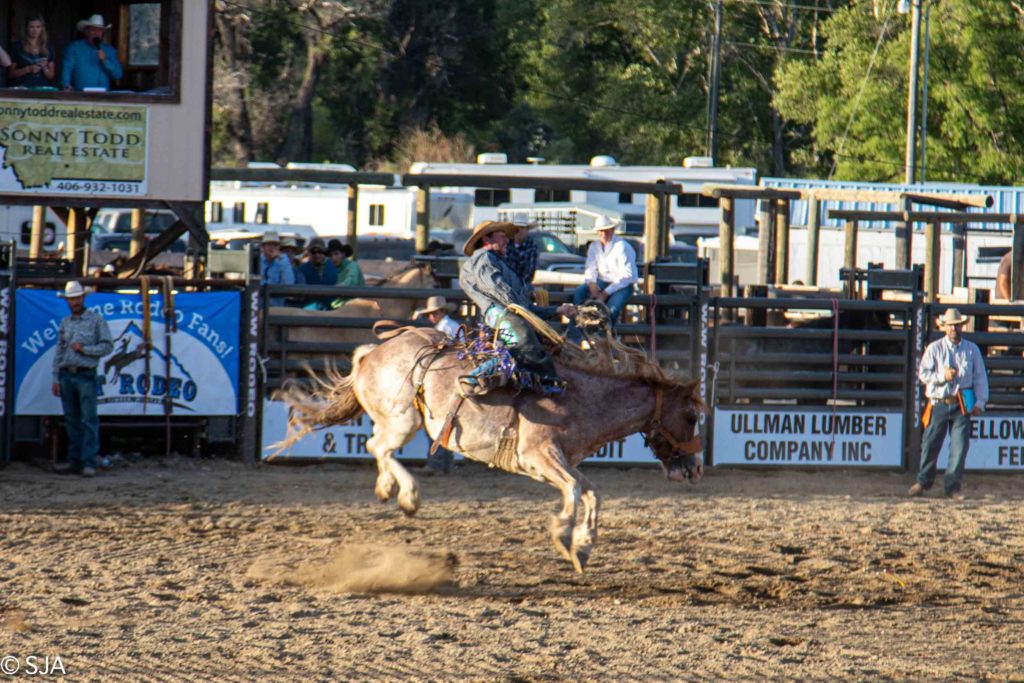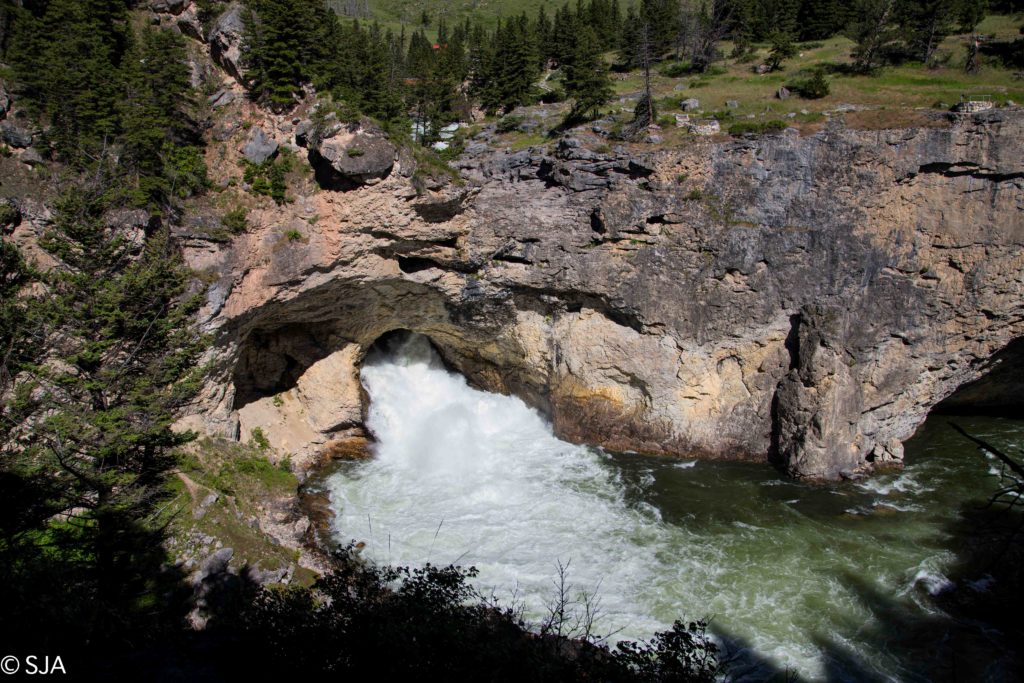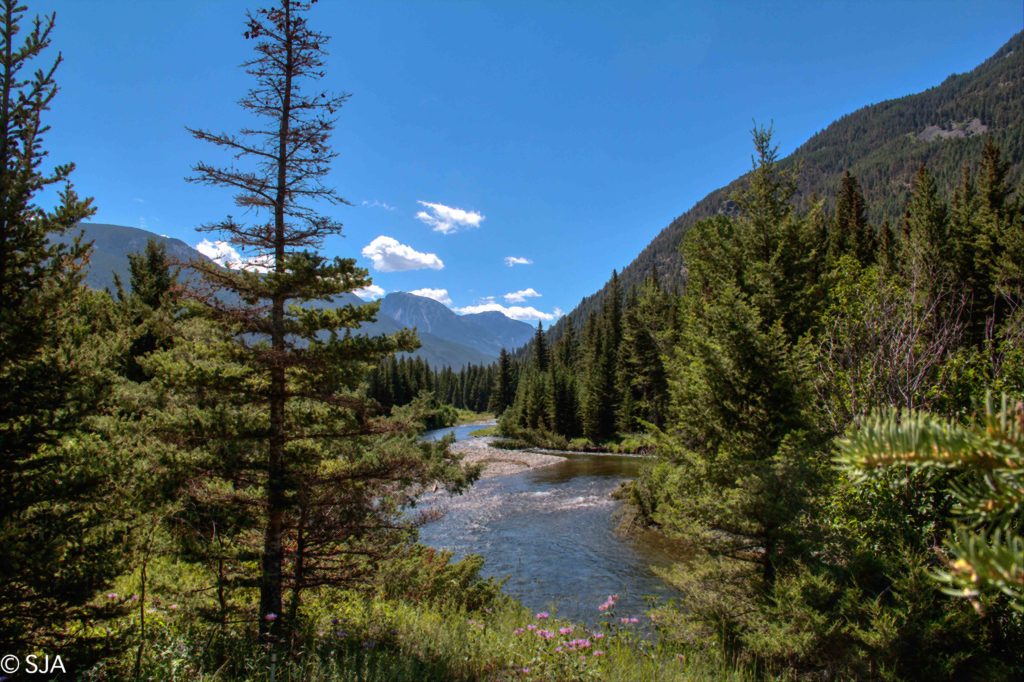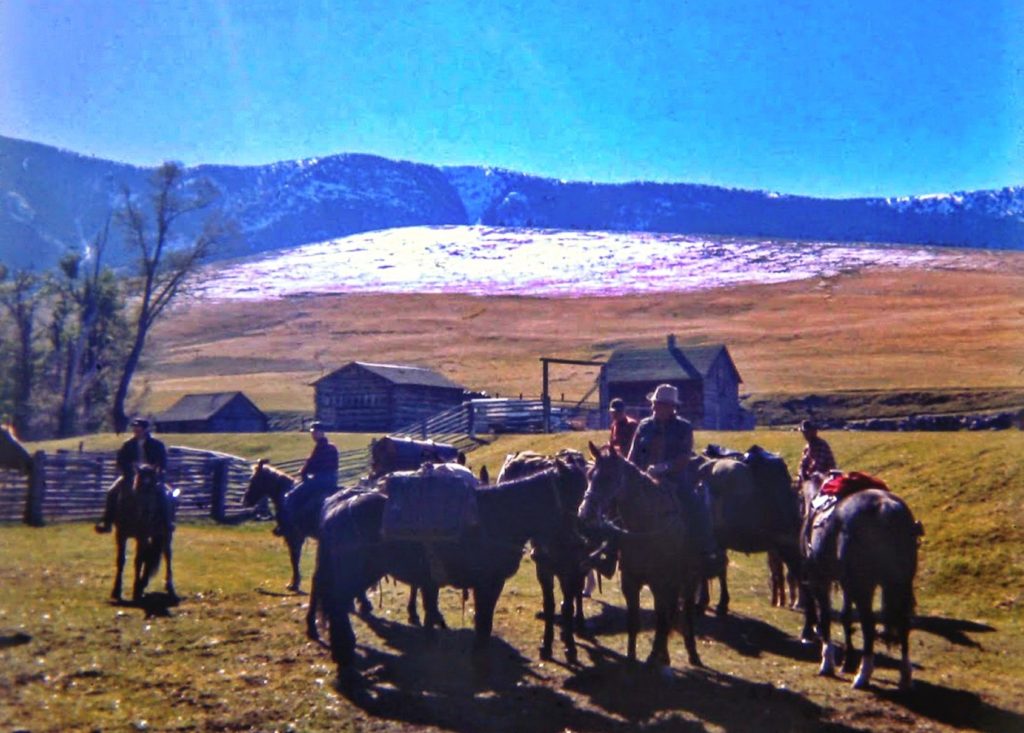I thought my dad was a master fisherman, I guess just because he was my daddy. He used a casting rod in earlier years and then he graduated to a fly rod. I wouldn’t say he had the greatest form, but I sure enjoyed watching him fly fish. He cast out his line, then pulled and eased out the line with his other hand, letting it flow with the rippling river, teasing the fish and luring them to take his bait. Sometimes it even worked.
He didn’t mind taking us kids fishing – or his grandkids – even though I think he spent most of his time getting hooks out of trees or kids’ hats, or unsnarling a stick we caught. When it was time to go fishing, we were all excited. We gathered up our gear, piled into the back of the truck and headed to the mountains where the fresh streams were home to rainbow and brown trout. Daddy fished those creeks many-a-time. He knew where the good fishing holes were.
The rule was, “You clean what you catch.” Another rule was, “Bait your own hook.” We would catch grasshoppers or buy a little cup of worms if we weren’t able to dig some out of the garden or from under a rock. I’d bait my hook and some of the worm’s guts or grasshopper brains would squish out. After we caught and cleaned a mess of trout, it was time to eat them. The best fish were fresh and cooked over an open campfire. They were pretty good just taken to the house, battered with seasoned flour, and fried in a cast iron skillet.
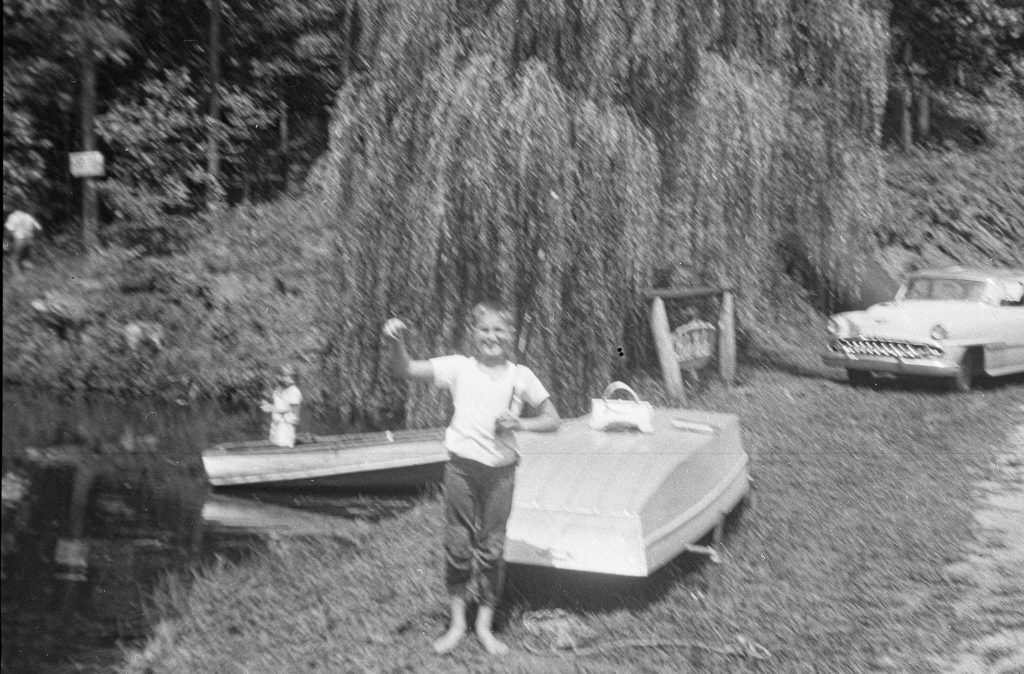
We ate the trout like a sandwich. We held the tail in one hand and the head in the other (unless it had the head cut off). Gingerly, lightly, our teeth sank into the back of the trout. It was so tender the meat slid right off the bones. Yum, yum. By the time we were done, there was a pyramid of intact fish skeletons with tails and heads still attached.
The fishing bug passed down the family tree. My nephew is a master fisherman. He can catch a fish almost anywhere. One year, while traveling out west, we stopped to mine for gems at a roadside stop. We bought a bag of gem gravel and poured some onto a screen. After shaking out the excess dirt, then came the process of dipping the screen in water to wash away the rest of the sediment. We found several sapphires, garnets, and other gems. My nephew shared a bag with some of his family. He shook his screen and dipped it in the water, shaking out the extra dirt. When he lifted his screen, lo and behold, he had caught a fish! No fishing pole required.
In my next stage of life, I plan to take up fishing again. My husband will be joining me. I need someone to get the hook out of my hat or my britches. After all, I did learn some great skills from my daddy. Here’s to you, Man of the Mountains!
